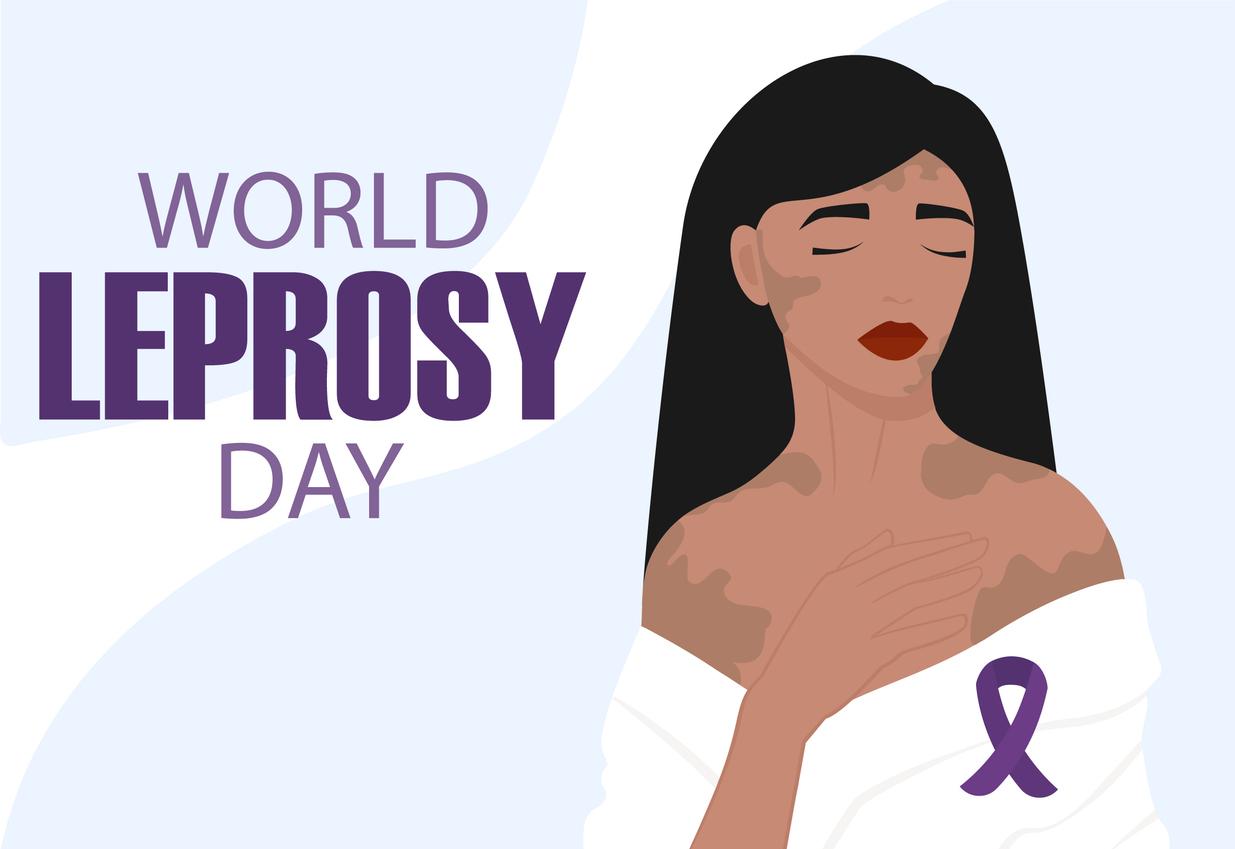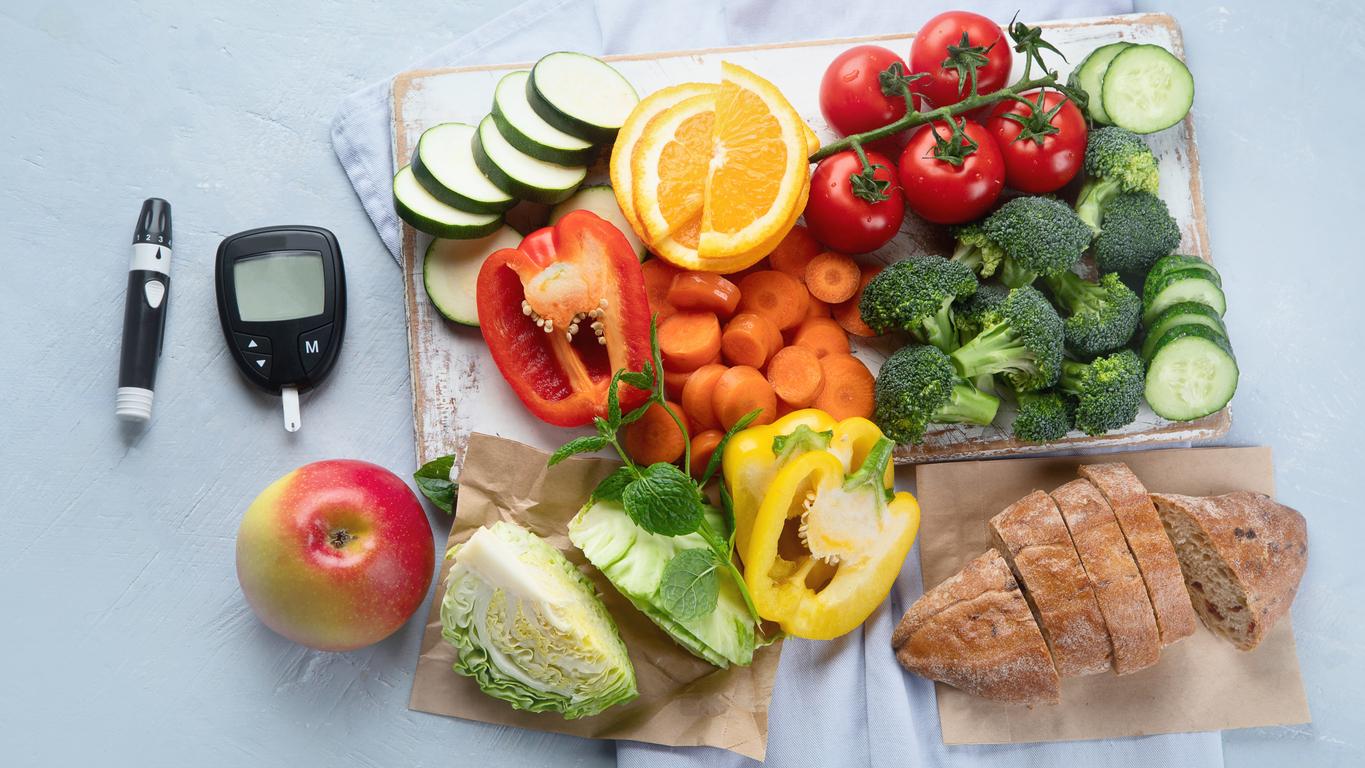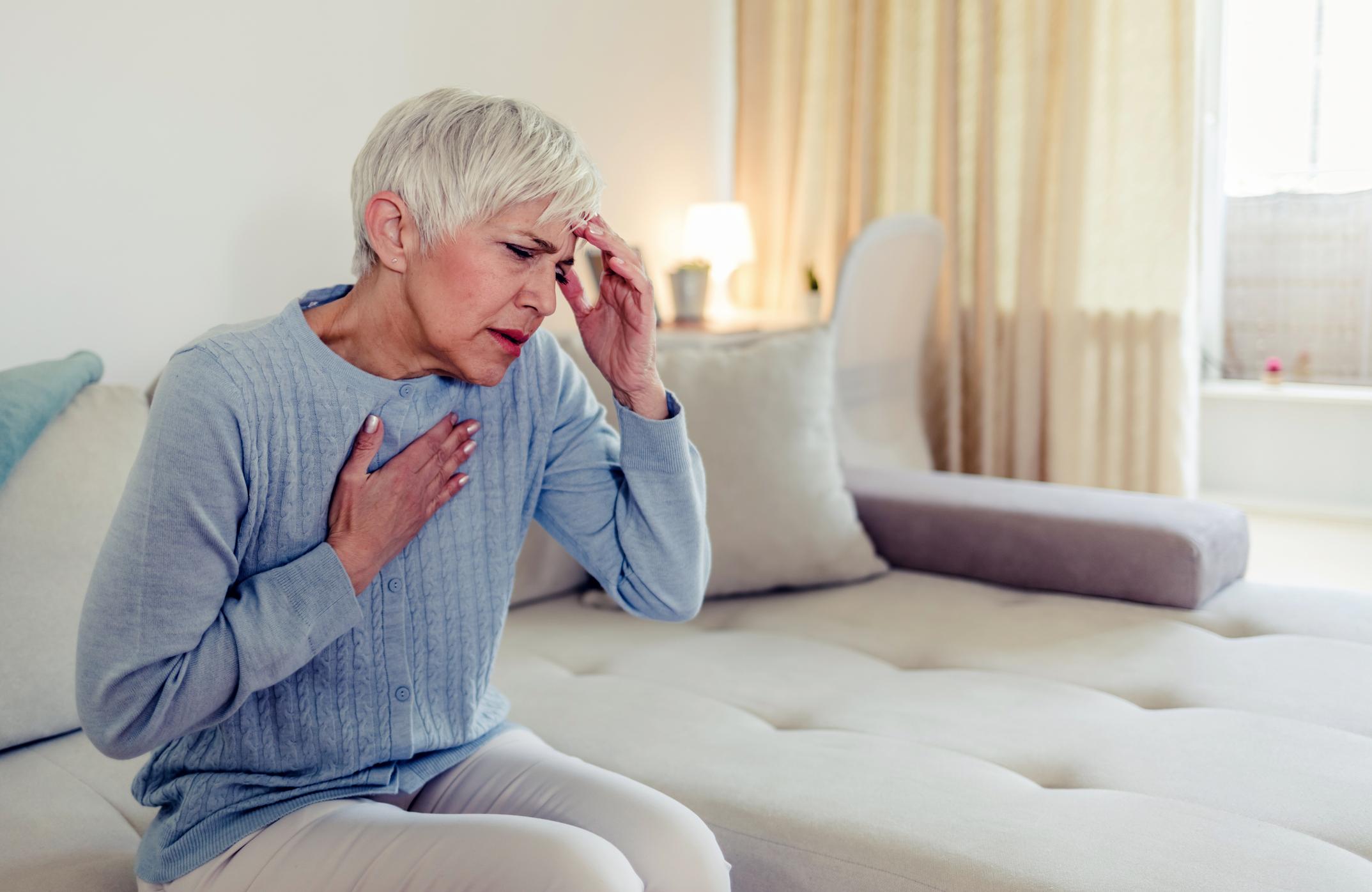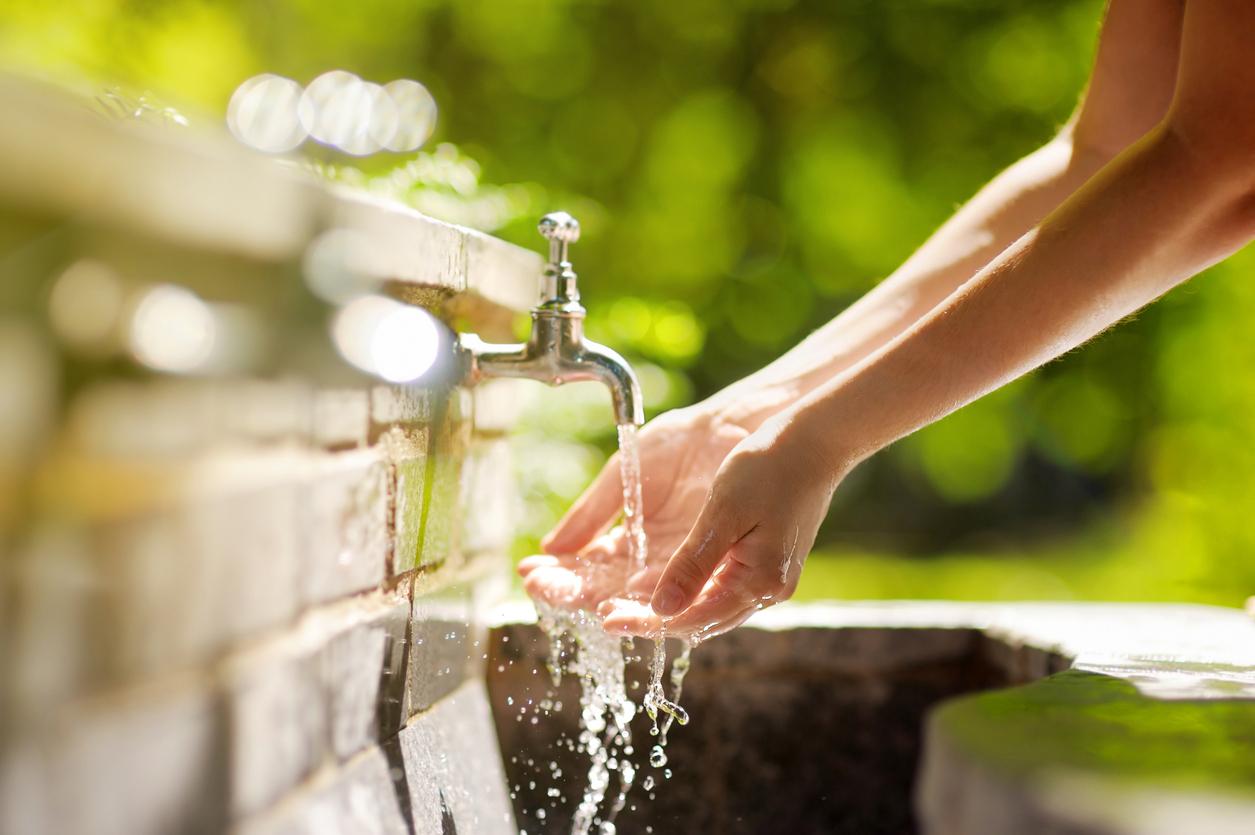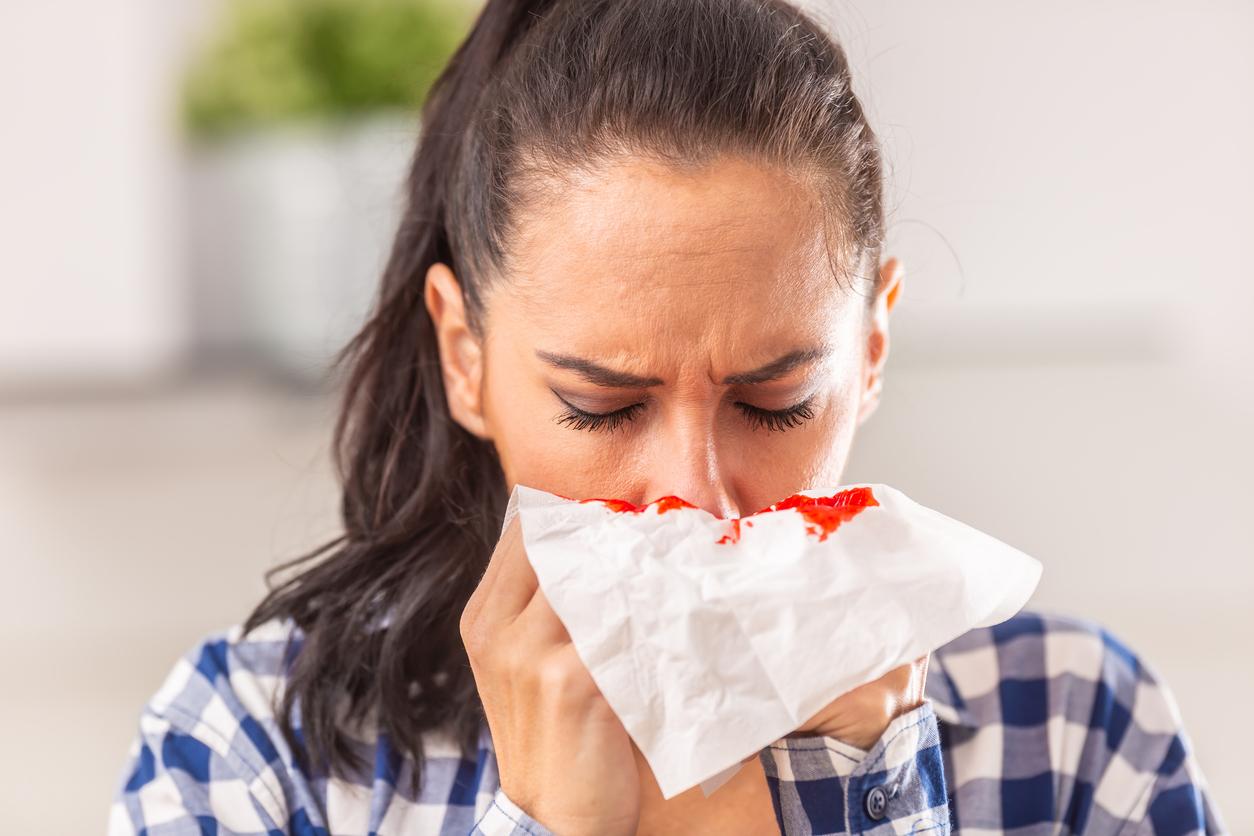An Odoxa survey reveals a double underestimation on the part of the French: that of their own consumption of drinking water and that of the hecatomb caused by unsanitary water.
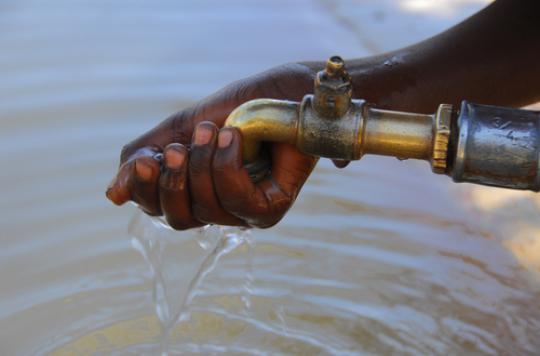
On the occasion of World Water Day which will take place this Tuesday, March 22, the Solidarités International association recalls that 2.6 million people (including 1.8 million children) still die each year from related diseases. in unsanitary water, that’s one person every 10 seconds!
In a survey made for the Water barometer 2016, Odoxa wanted to know what the French thought of this massacre.
First lesson of this work, almost all French people (95%) consider that access to drinking water is an “important” issue. “We are not with this question on a” soft “priority”, indicates Céline Bracq, general manager of Odoxa.
72% of people believe that it is even a “very important” subject. All categories of French people share this opinion overwhelmingly, in particular executives and business leaders: 74% against 62% of workers and employees, as well as retirees (83%).
Underestimated consequences
But the French public also feels very largely ignorant on these questions. 57% of them say they are poorly informed. Workers and employees (65% and manual workers (70%) are said to be the least informed.
Odoxa’s conclusion, as they find it difficult to understand the extent of the problem, they greatly underestimate the consequences of the problem of access to drinking water. “It is difficult for us who have had running water for decades to imagine that this silent and invisible scourge causes more deaths than wars, natural disasters or AIDS,” writes the polling institute.
No notion of their consumption
Proof of this discrepancy between the populations concerned and us, the French also very strongly underestimate their own quantity of drinking water consumed. The estimated average volume is 51 liters, which is four times less than the actual volume consumed per day (200 liters). A quarter of the French even cite “less than 10 liters”.
“The figures on the low quantity of drinking water to which Sub-Saharan Africa, for example, has access (15 liters per day and per person) are less telling when one evaluates one’s own consumption so poorly,” concludes Odoxa.
.










